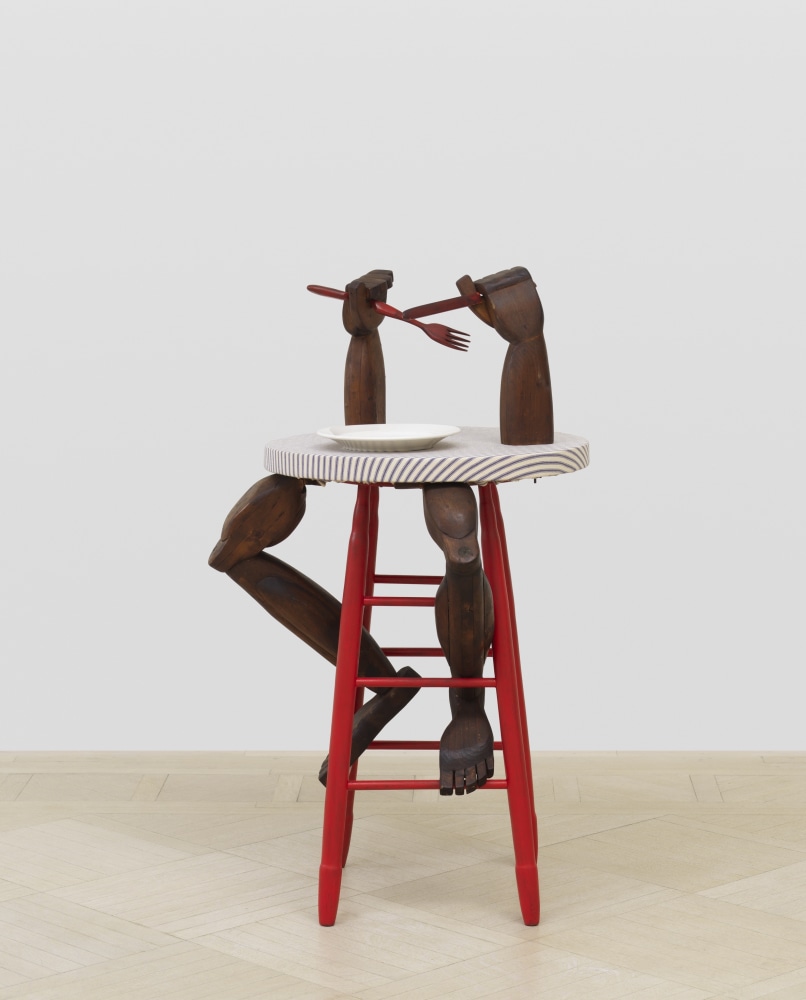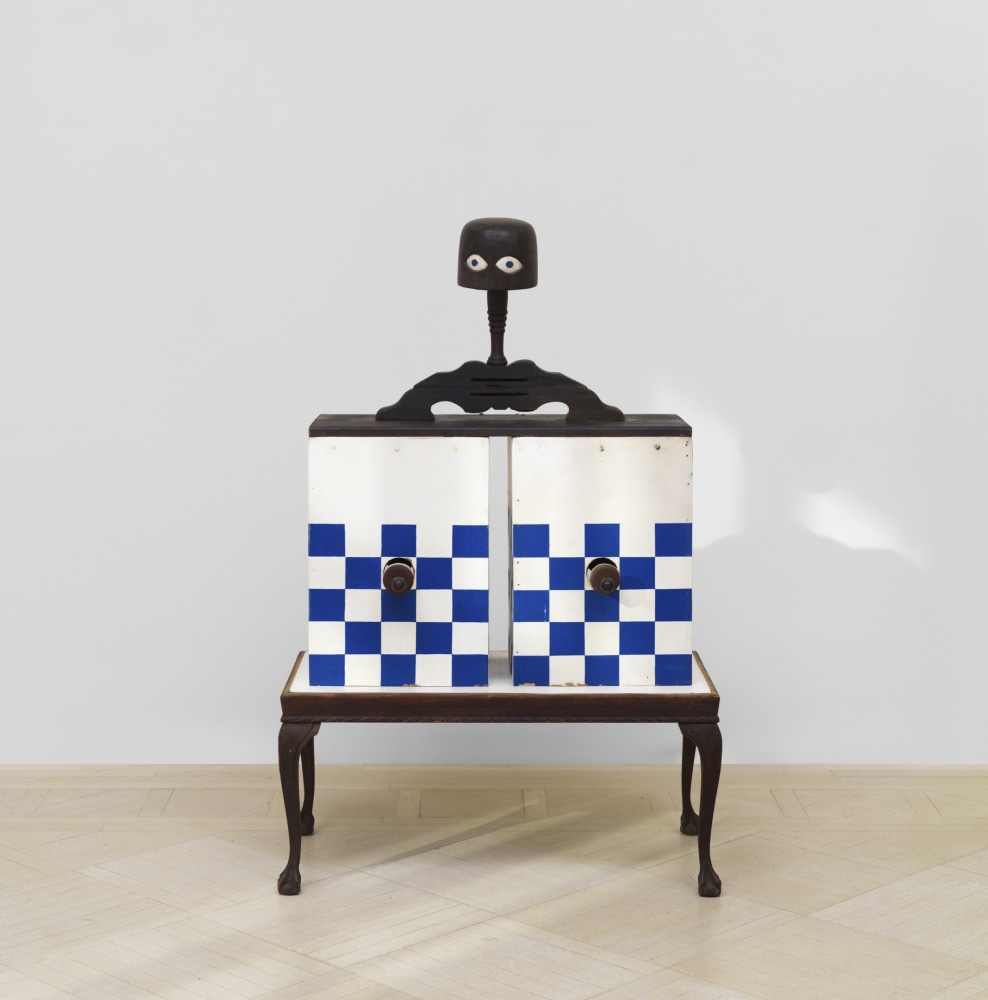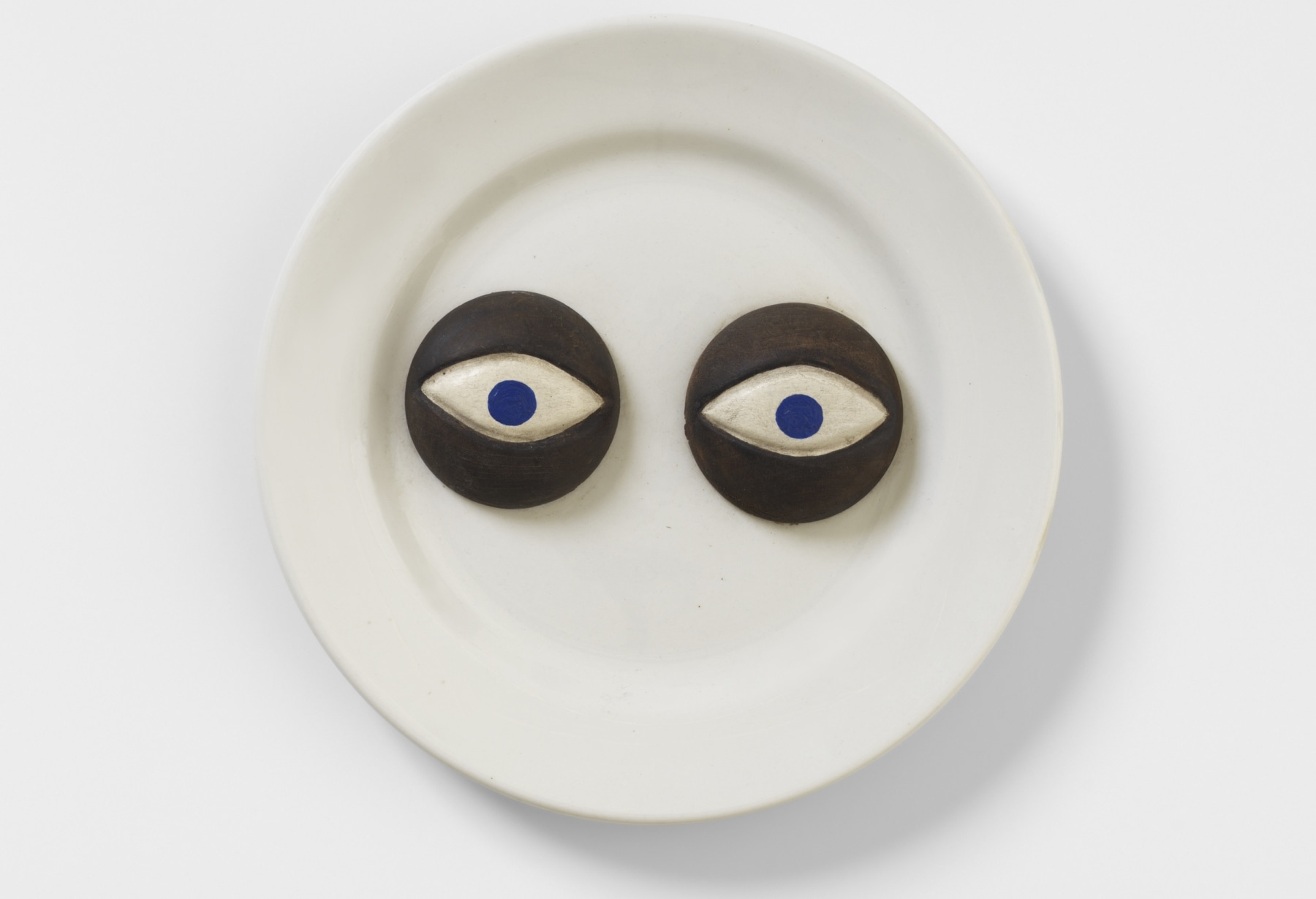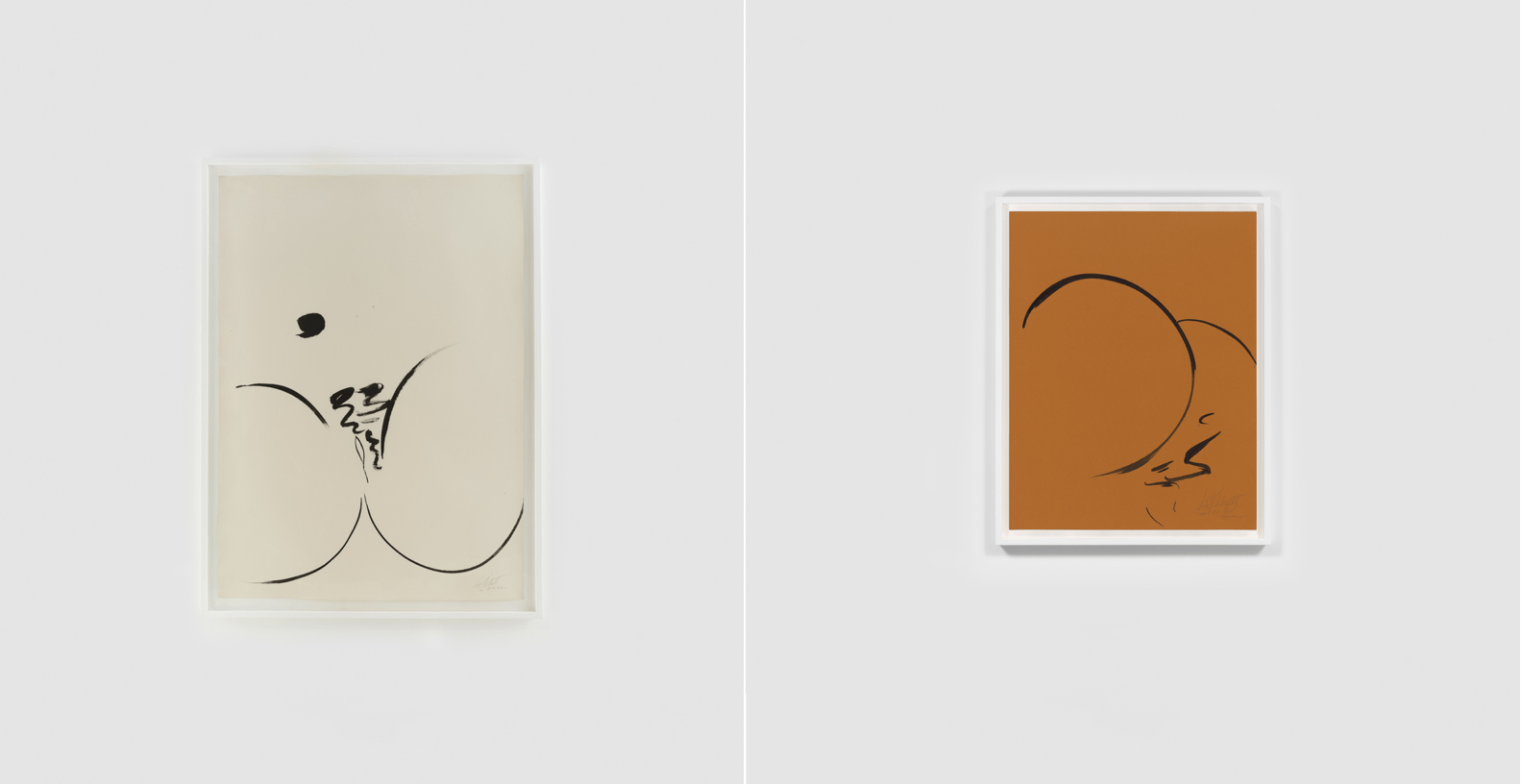Female artists have played with the objects and context of domesticity with brilliance. Kate Millett’s Fantasy Furniture deserves to sit alongside other iconic works like Martha Rosler’s angry and humorous film Semiotics of the Kitchen, Meret Oppenheim’s fur-lined teacup and Dorothea Tanning’s disturbing soft sculptures. Salon 94 Design is bringing a selection of Millett’s sculptural furniture works to Independent 20th Century, along with a series of her erotic drawings begun in 1970. The solo presentation anticipates Millett’s inclusion in the forthcoming Carnegie International, as her artwork is at last receiving overdue attention.
Until now, the American polymath has been better known for her writing than her visual art. In 1958 she became the first American woman to be awarded a first-class honors degree at St Hilda’s College at the University of Oxford, where she was studying English Literature. Her bestselling book Sexual Politics (1970) was one of the cornerstones of second-wave feminism, and she was a vocal activist and speaker.

Kate Millett, Dinner For One, 1967, wood, found kitchen stool, ticking fabric, paint, ceramic, 48 x 24 x 24 inches (121.9 x 61 x 61 cm). Courtesy of Salon 94 Design and the artist. © Kate Millett Trust. Photo: Dan Bradica
Yet at the same time as she was writing, Millett was also making and exhibiting art. She lived in Japan for two years in the early 1960s, joining the Tokyo avant-garde scene and creating assemblage work from found objects. It was Yoko Ono who encouraged her to return to New York and join experimental Fluxus artists like George Macunias. With a downtown studio on the Bowery, Millett became part of a community of artists who were revolutionizing their art practices and their lives.
Fantasy Furniture was the body of work she made on her return to the United States. In 1967, she was offered a solo show at the radical Judson Gallery, in the basement of the Judson Memorial Church on Thompson Street, where Ono, Claes Oldenburg, and Allan Kaprow were exhibiting. Millett was also involved in happenings there, including a performance, No, in which she locked the audience in a cage to investigate human behavior under imprisonment.

Kate Millett, Blue-Eyed Marble Box, 1965, carved wood, milner’s form, masonite, paint, found table, marbles, found wood decorative pieces, 48 x 36 x 24 inches (121.9 x 91.4 x 61 cm). Courtesy of Salon 94 Design and the artist. © Kate Millett Trust. Photo: Dan Bradica
There is a streak of humor in Millett’s sculpture. She anthropomorphizes her brick-red chairs, beds, and cupboards with limbs and stylized heads. Uncle Louis Stool with Boots (1967) is a seat perched on a stockinged pair of legs. The boxy Bed (1965) has a wooden couple’s feet sticking out, literally boxed into their roles and discomfort. The pieces are awkwardly a little smaller than human size, and playfully defy function.
Millett was living with the Japanese sculptor Fumio Yoshimura at the time, marrying him in 1965 (they divorced in 1985) before she came out as a lesbian. “Kate was clearly working through her thoughts on domesticity, monogamy, and partnership through the making of Fantasy Furniture,” says the director of Salon 94 Design, Zoe Fisher. “They resonate with the Fluxus aesthetic, in their wry critique of domesticity and gender relations, but are also sculptural meditations on furniture and functionality – what it means to have objects in your space and how you interact with them – which is really what design is. How do objects intersect with our daily lives? These pieces are meditations on what it means to interrupt and subvert that relationship, between objects and between people.”
The Fluxus-style absurdism in the sculptures also played out in how they were disseminated. In 1967, during the run of Millett’s furniture show at the Judson Gallery, Uncle Louis Stool with Boots was featured in a full-page spread in LIFE magazine, and advertised as “$40, with a choice of hose”. John Hendricks’s 1988 catalogue of the Fluxus movement, Fluxus Codex, notes that the stool was intended to be sold in an edition at the “Fluxshop”, but as with many of the group’s ideas, the plan was never realized.

Kate Millett, Metaphysical Food for Thought, 1965, carved wood, ceramic, 2 x 10 x 10 inches (5.1 x 25.4 x 25.4 cm). Courtesy of Salon 94 Design and the artist. © Kate Millett Trust. Photo: Dan Bradica
Another piece in the series was a mock piano. In interviews at the time, Millett highlighted the incongruity of the piano being more of a status symbol in the home than a functional object. “A lot of people buy pianos not to play but to stand in the corner of their living room,” she said. Millet’s furniture plays with ideas of fetishism, the meaning of objects, and social interaction with ease and accessibility.
After Sexual Politics exploded into the zeitgeist, Millett founded the Women’s Liberation Cinema Company in 1971 and continued to exhibit film works, sculpture, drawings, serigraphs, and photography. Her fusion of art and life expanded into how she lived. With the profits from the book, she bought a farm in upstate New York near Poughkeepsie, establishing the Women’s Art Colony in 1978. She worked within this radical feminist community—sustained through the sale of Christmas trees—for much of her life, writing books and magazine articles as well as sculpting and drawing.
Millett had studied calligraphy in Japan and it was a medium to which she often returned, creating hundreds of ink drawings in a repetitive, almost meditative way. There is a focus on the fluidity and refinement of the line in these pieces, a number of which will be shown at Independent 20th Century. They are equal parts humor and romanticism. Some were love letters to the women in her life, such as “Rosie Dakota”, Millett’s affectionate name for the photographer Cythnia MacAdams. Several are titled Ass or Ass Up.

(L) Kate Millett, Rosie, 1976, ink on paper, 43.25 x 31 inches (109.9 x 78.7 cm). Courtesy of Salon 94 Design and the artist. © Kate Millett Trust. Photo: Dan Bradica (R) Kate Millett, Ass II, 1977-78, ink on paper, 23 x 18 inches (58.4 x 45.7 cm). Courtesy of Salon 94 Design and the artist. © Kate Millett Trust. Photo: Dan Bradica
It is surprising that Millett’s artwork has not been given serious attention before now, five years after her death. What is clear is how much her work as a writer and thinker was intertwined with her artistic practice. As the art historian William J. Simmons has noted of the Fantasy Furniture series, “Kate was creating these sculptures while Sexual Politics was brewing, and everything is related because they existed simultaneously in Kate’s body/mind/work… I think part of the importance of Kate’s art is that you can see both struggle and liberation within the same object.”
Francesca Gavin is a writer, editor and curator based in London and Vienna. She is the editor-in-chief of EPOCH, the author of ten books on art and visual culture, and a contributing editor at Financial Times HTSI, Twin, Kaleidoscope, and Beauty Papers. She has curated exhibitions at galleries and museums internationally, including The Historical Exhibition at Manifesta 11 Biennial and The Art of Mushrooms at the Serralves Foundation, Porto.